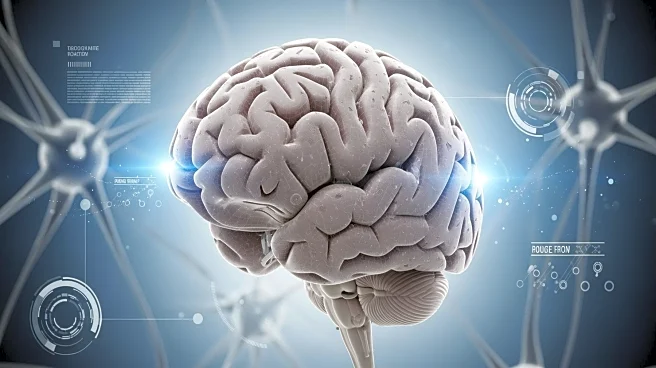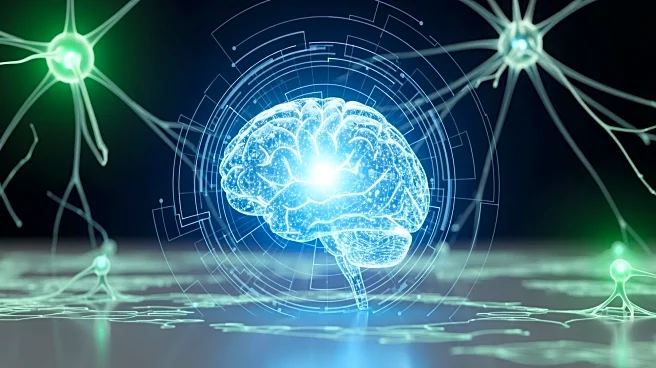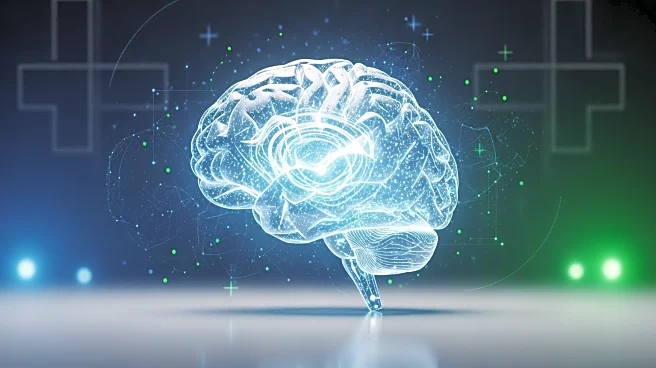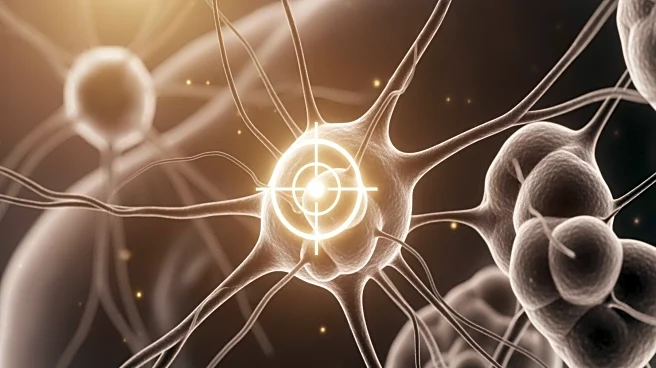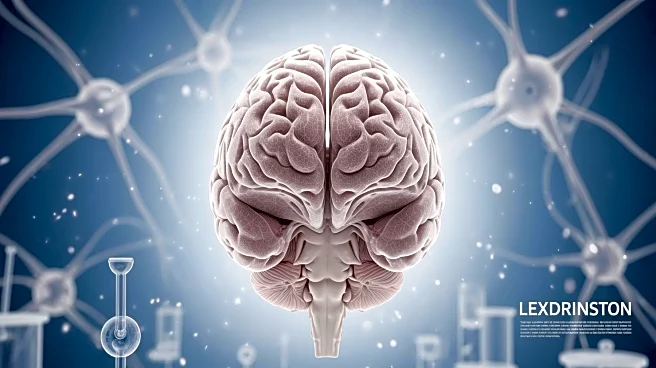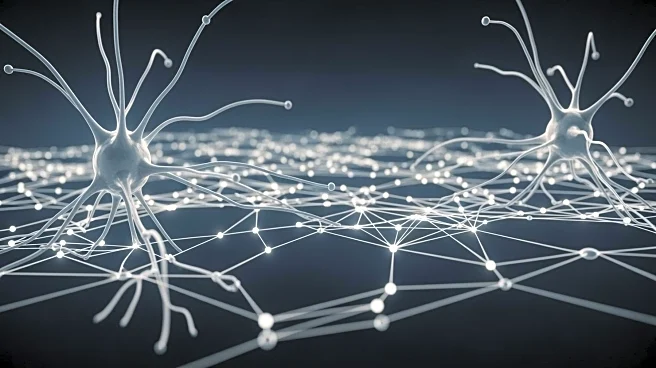What's Happening?
Researchers at Duke-NUS Medical School have created a comprehensive single-cell atlas of the developing human brain, known as BrainSTEM. This atlas serves as a reference for evaluating lab-grown neurons
used in Parkinson's disease research and other neurological disorders. The study, published in Science Advances, introduces a two-tier mapping framework that helps assess the fidelity of in vitro models to actual midbrain development. The research involved analyzing nearly 680,000 cells from fetal brain tissue, leading to the creation of two reference atlases: one for the entire brain and another focused on the midbrain. The midbrain is crucial as it contains dopaminergic neurons, which are affected in Parkinson's disease. The BrainSTEM framework allows for detailed mapping of midbrain-like cells, identifying specific neuronal subtypes and rare subpopulations that are essential for developing effective cell therapies.
Why It's Important?
The development of the BrainSTEM atlas is significant for advancing Parkinson's disease research and treatment. By providing a detailed blueprint of the developing brain, the atlas enables scientists to produce high-yield midbrain dopaminergic neurons that closely reflect human biology. This precision is crucial for increasing the efficacy of cell therapies and minimizing side effects, offering potential alternative treatments for individuals with Parkinson's disease. Furthermore, the atlas's ability to identify previously uncharacterized subpopulations of midbrain cells could lead to more targeted and effective therapies. The BrainSTEM framework's applicability to other neurological conditions suggests it could have broader implications for neurodegenerative disease research and treatment.
What's Next?
The researchers plan to make the BrainSTEM atlas and its mapping tools openly available to other laboratories. This accessibility will allow for widespread use in protocol evaluation and further study, potentially accelerating progress in Parkinson's research and other neurological conditions. As the atlas is utilized by more researchers, it may contribute to the development of more effective, targeted treatments for neurodegenerative diseases. The ongoing exploration of the BrainSTEM framework's applications could lead to significant advancements in understanding and treating various brain disorders.
Beyond the Headlines
The BrainSTEM atlas not only enhances the precision of Parkinson's research but also sets a new standard for brain modeling. By providing a detailed cellular map, it lays the groundwork for AI-driven models that could transform patient grouping and the design of targeted therapies for neurodegenerative diseases. This advancement highlights the intersection of neuroscience and technology, showcasing how detailed cellular data can inform and improve therapeutic strategies. The open availability of the atlas may also foster collaboration and innovation across the scientific community, driving further breakthroughs in brain research.
